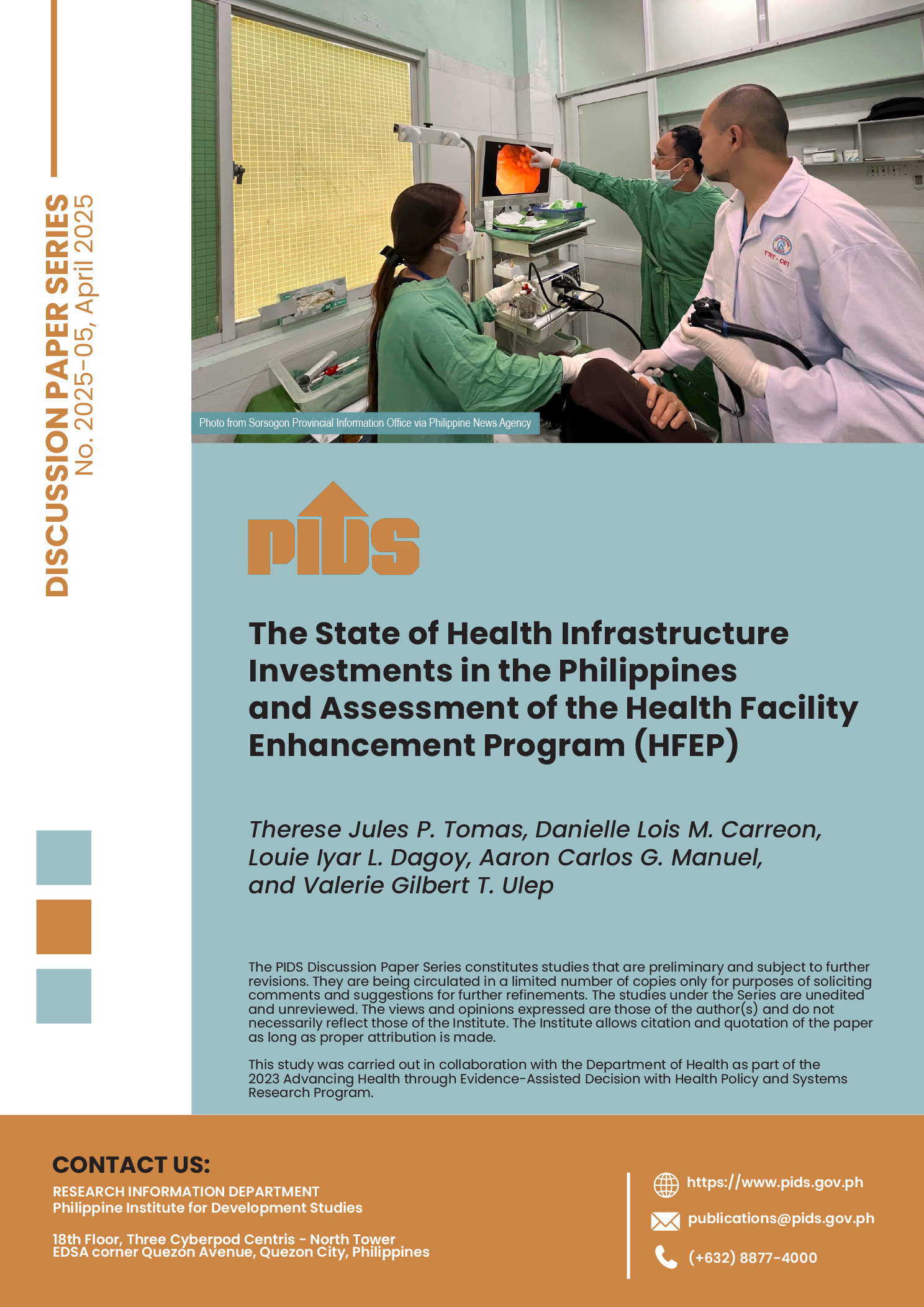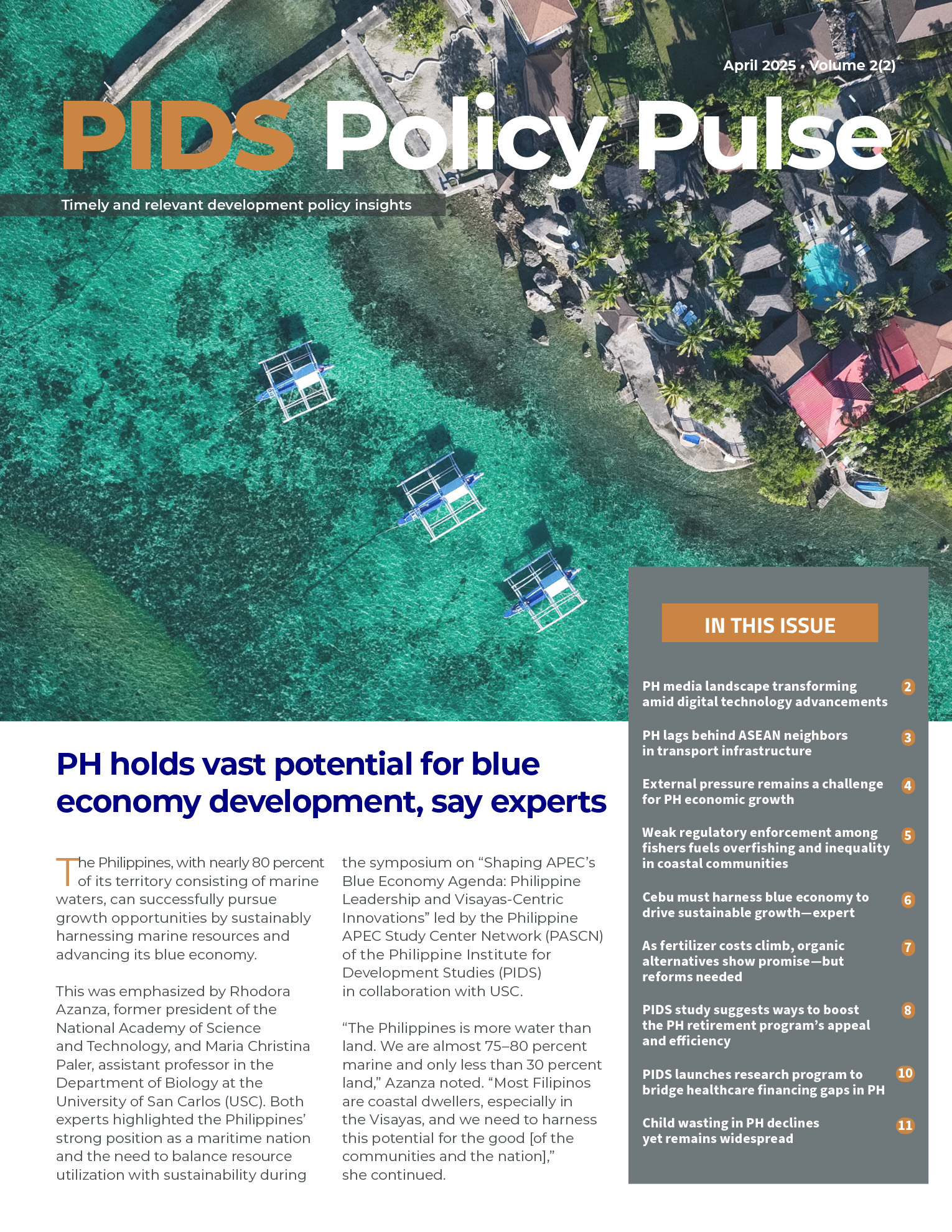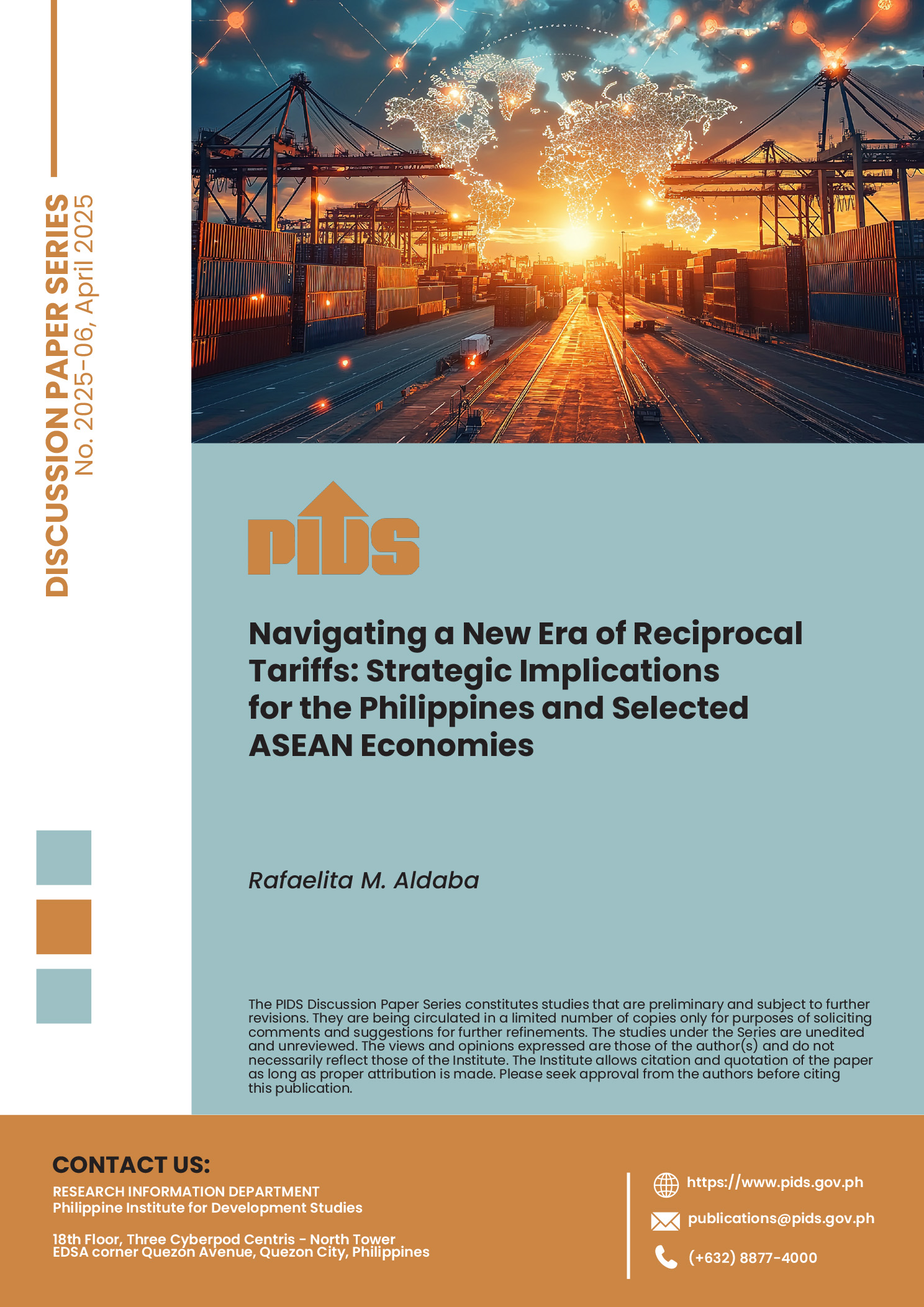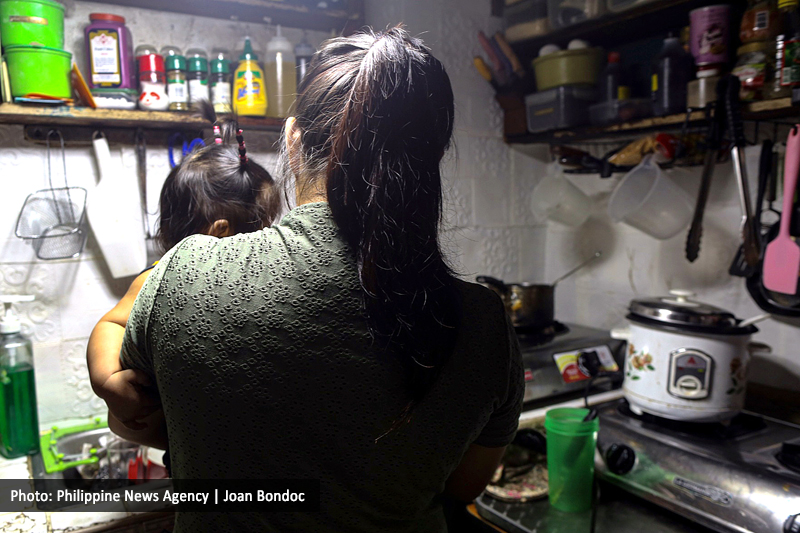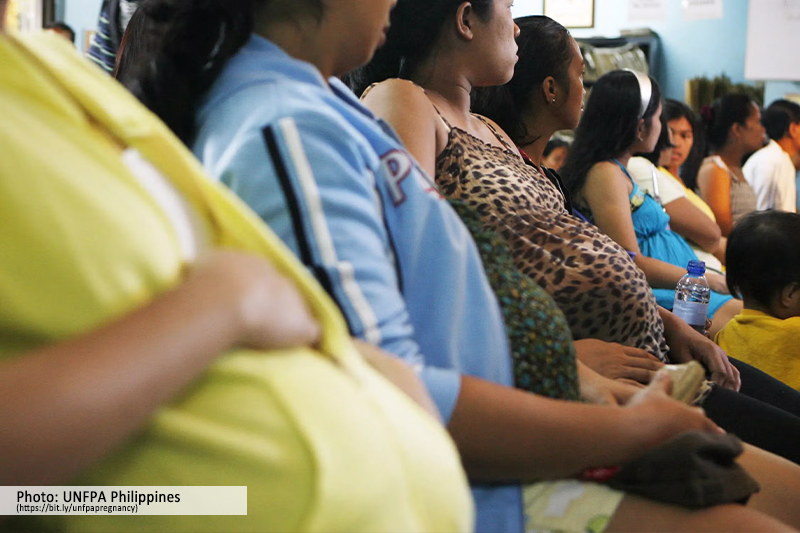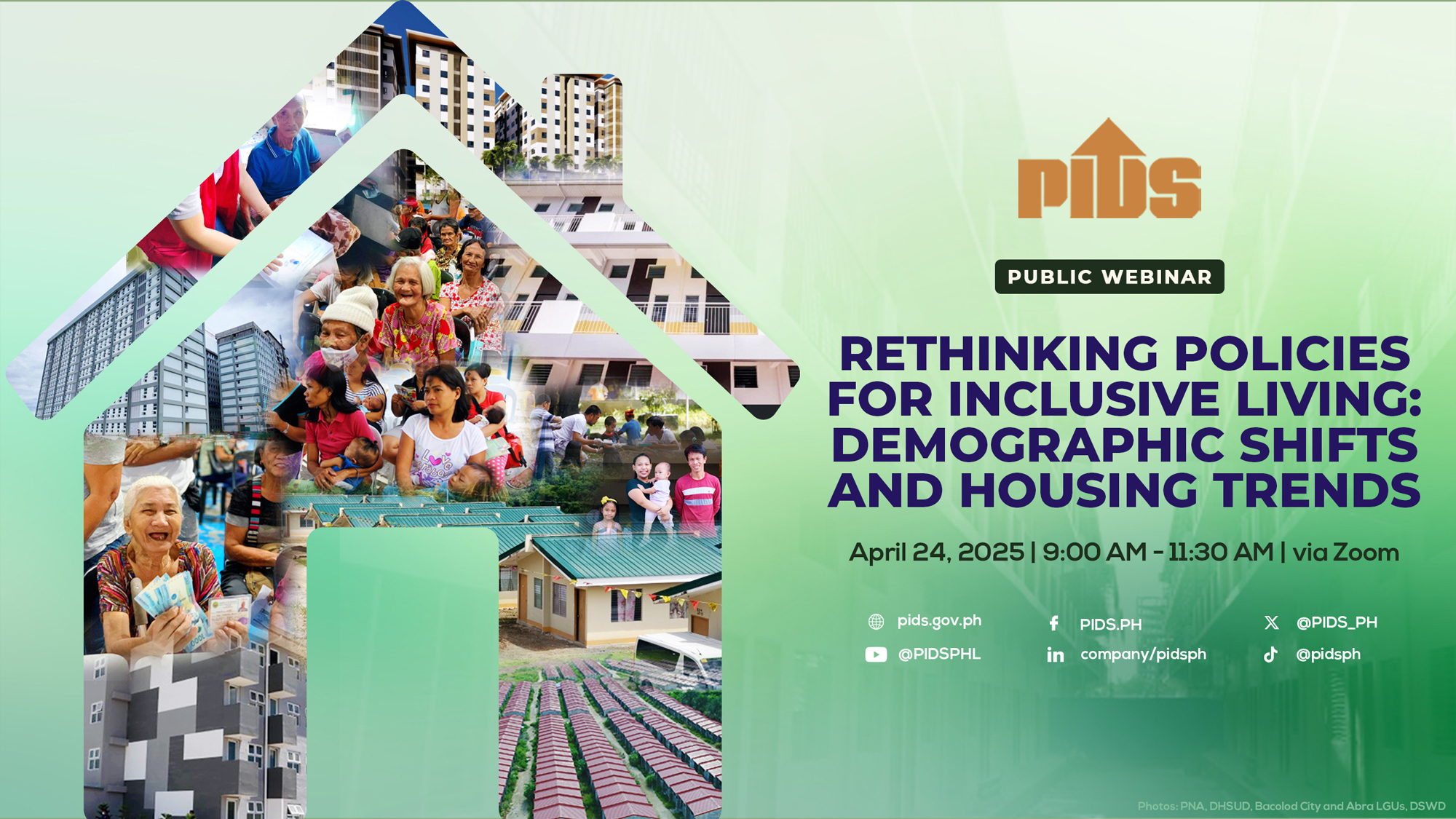Development literature found that rural poverty can be traced to low income due to low farm productivity, poor agriculture diversification and limited off-farm and non-farm jobs.
A study by the Philippines Institute of Development Studies or PIDS (Briones, 2016) calculated that Philippine rural poverty in 2012 was 35% of population versus urban poverty of 12%. I use 40% as a working number. Rural poverty rates in the ASEAN are much lower: Indonesia, 13.9% in 2013; Thailand, 13.8% in 2014; and Vietnam, 17.4% in 2010 (World Bank).
Agriculture workers accounted for 30.9% of all workers and had a poverty incidence of 42.2% also in 2012. Let us discuss this crop by crop, or sector by sector (see Table 1).
Rice (palay). Palay workers have the lowest poverty incidence at 30.2% in 2012. This is in part due to the fact that 67% of the rice harvested areas are irrigated while only 33% are rainfed. Irrigated rice produces almost 40% more farm yield (4.24 tons per hectare) than rainfed (3.04 tons per hectare). Rice yield is second lowest to Thailand. However, the latter produces large volumes of Thai jasmine rice (also known as ‘Thai Hom Mali rice’) which commands more than double the world prices. Thailand accounts for about half of the world export of aromatic rice, and a third of its total rice export, according to the Web site,www.ifama.org.
Corn workers have a high poverty incidence of 56.6% mainly because of very low white corn yield (1.65 tons per hectare) which is only 40% that of yellow corn (4.09 tons per hectare). Overall, corn yield is lowest in the ASEAN.
Coconut workers have above average poverty incidence at 40%. The Philippine yield is lowest in the ASEAN. More than 95% of the coconut trees have poor genetics, a large part are senile, and most are not intercropped.
As a result, coconut is only a secondary source of income for many rural families.
Vegetable workers have relatively lower poverty at 35% but average yield is still lowest in the ASEAN.
Farmworkers comprise the largest rural poverty group at 28.8%, and have poverty incidence of 49.6%. We take five representative crops: sugarcane, banana, coffee, rubber, and cassava. Except for banana, they all have farm yields lower than ASEAN peers. Sugarcane yield is not that disparate, but cassava, coffee and rubber yields are dismal.
Other subsectors. It is not identified in the PIDS report, but this is likely the fisheries subsector. It comprises 18% of the rural poor with a poverty incidence of 36.3% in 2012 (see Table 2).
What conclusions can be drawn?
Rural poverty is driven, in part, by farm productivity. Philippine productivity lags behind those of the ASEAN peers across many crops.
Strategically, there is a convergence of good farm yields among the three ASEAN countries. What does this imply? Agriculture research, development and extension systems are, perhaps, better than that of the Philippines. There is continuity in the bureaucracy that helps in policy and program implementation.
There is need to revisit the Local Government Code of 1991, and analyze if the devolution to municipal mayors is the most robust system, or making the province as the locus of agriculture planning and extension as a better option. Moreover, it is imperative to increase the agriculture budget (within absorptive capacity) and devise a sound allocation of resources for making crop value chain corridors competitive.//
Reference: Briones, Roehlano (2016). “Growing Inclusive Businesses in the Philippines: The Roles of government Policies and Programs.” PIDS Discussion Paper No. 2016-06
(The article reflects the personal opinion of the author and does not reflect the official stand of the Management Association of the Philippines or the M.A.P.)
Rolando T. Dy is the Vice-Chair of the M.A.P. AgriBusiness and Countryside Development Committee, and the Executive Director of the Center for Food and AgriBusiness of the University of Asia & the Pacific.
map@map.org.ph
rdyster@gmail.com
http://map.org.ph
A study by the Philippines Institute of Development Studies or PIDS (Briones, 2016) calculated that Philippine rural poverty in 2012 was 35% of population versus urban poverty of 12%. I use 40% as a working number. Rural poverty rates in the ASEAN are much lower: Indonesia, 13.9% in 2013; Thailand, 13.8% in 2014; and Vietnam, 17.4% in 2010 (World Bank).
Agriculture workers accounted for 30.9% of all workers and had a poverty incidence of 42.2% also in 2012. Let us discuss this crop by crop, or sector by sector (see Table 1).
Rice (palay). Palay workers have the lowest poverty incidence at 30.2% in 2012. This is in part due to the fact that 67% of the rice harvested areas are irrigated while only 33% are rainfed. Irrigated rice produces almost 40% more farm yield (4.24 tons per hectare) than rainfed (3.04 tons per hectare). Rice yield is second lowest to Thailand. However, the latter produces large volumes of Thai jasmine rice (also known as ‘Thai Hom Mali rice’) which commands more than double the world prices. Thailand accounts for about half of the world export of aromatic rice, and a third of its total rice export, according to the Web site,www.ifama.org.
Corn workers have a high poverty incidence of 56.6% mainly because of very low white corn yield (1.65 tons per hectare) which is only 40% that of yellow corn (4.09 tons per hectare). Overall, corn yield is lowest in the ASEAN.
Coconut workers have above average poverty incidence at 40%. The Philippine yield is lowest in the ASEAN. More than 95% of the coconut trees have poor genetics, a large part are senile, and most are not intercropped.
As a result, coconut is only a secondary source of income for many rural families.
Vegetable workers have relatively lower poverty at 35% but average yield is still lowest in the ASEAN.
Farmworkers comprise the largest rural poverty group at 28.8%, and have poverty incidence of 49.6%. We take five representative crops: sugarcane, banana, coffee, rubber, and cassava. Except for banana, they all have farm yields lower than ASEAN peers. Sugarcane yield is not that disparate, but cassava, coffee and rubber yields are dismal.
Other subsectors. It is not identified in the PIDS report, but this is likely the fisheries subsector. It comprises 18% of the rural poor with a poverty incidence of 36.3% in 2012 (see Table 2).
What conclusions can be drawn?
Rural poverty is driven, in part, by farm productivity. Philippine productivity lags behind those of the ASEAN peers across many crops.
Strategically, there is a convergence of good farm yields among the three ASEAN countries. What does this imply? Agriculture research, development and extension systems are, perhaps, better than that of the Philippines. There is continuity in the bureaucracy that helps in policy and program implementation.
There is need to revisit the Local Government Code of 1991, and analyze if the devolution to municipal mayors is the most robust system, or making the province as the locus of agriculture planning and extension as a better option. Moreover, it is imperative to increase the agriculture budget (within absorptive capacity) and devise a sound allocation of resources for making crop value chain corridors competitive.//
Reference: Briones, Roehlano (2016). “Growing Inclusive Businesses in the Philippines: The Roles of government Policies and Programs.” PIDS Discussion Paper No. 2016-06
(The article reflects the personal opinion of the author and does not reflect the official stand of the Management Association of the Philippines or the M.A.P.)
Rolando T. Dy is the Vice-Chair of the M.A.P. AgriBusiness and Countryside Development Committee, and the Executive Director of the Center for Food and AgriBusiness of the University of Asia & the Pacific.
map@map.org.ph
rdyster@gmail.com
http://map.org.ph

